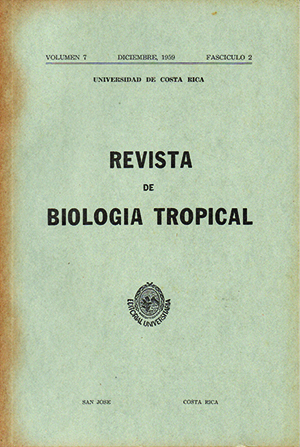Abstract
Clinical, epidemiological and mycological observations were made on 76 overt cases of dermatophytosis which were examined in 1957, 1 958 and early 1959. All clinical forms were observed ( except tinea favosa and tinea imbricata) in the following order of frequency : tinea corporis, tinea capitis, tinea unguium, tinea cruris, tinea pedis, tinea manus and tinea axillaris. Around 30 per cent of the patients showed two or more combined forms, but it was not possible to detect any infection which was caused by two or more dermatophytes. The isolated fungi were, according to their frequency, T. rubrum, M.canís, M. gypseum, T. tonsurans, T. mentagrophytes, T. verrucosum and E. floccosum. The majority of the lesions in exposed areas of the body were due to dermatophytes of the zoophilic and geophilic groups, while those lesions in unexposed areas were generally caused by anthropophilic fungí. Morphologically, the cultures matched well established patterns. The physiologic study indicated that T. rubrum produces red pigment in corn meal dextrose agar easily, not so T. mentagropbytes. T. tonsurans showed partial or total requirement for inositol. No strain was stimulated either by nicotinic acid or histidine. T. mel1tagropbytes as well as M. canis and E. floccosum were cap able of producing in vitro perforations in the human hair. T. rubrum did not perforate the hair.Comments
Downloads
Download data is not yet available.






